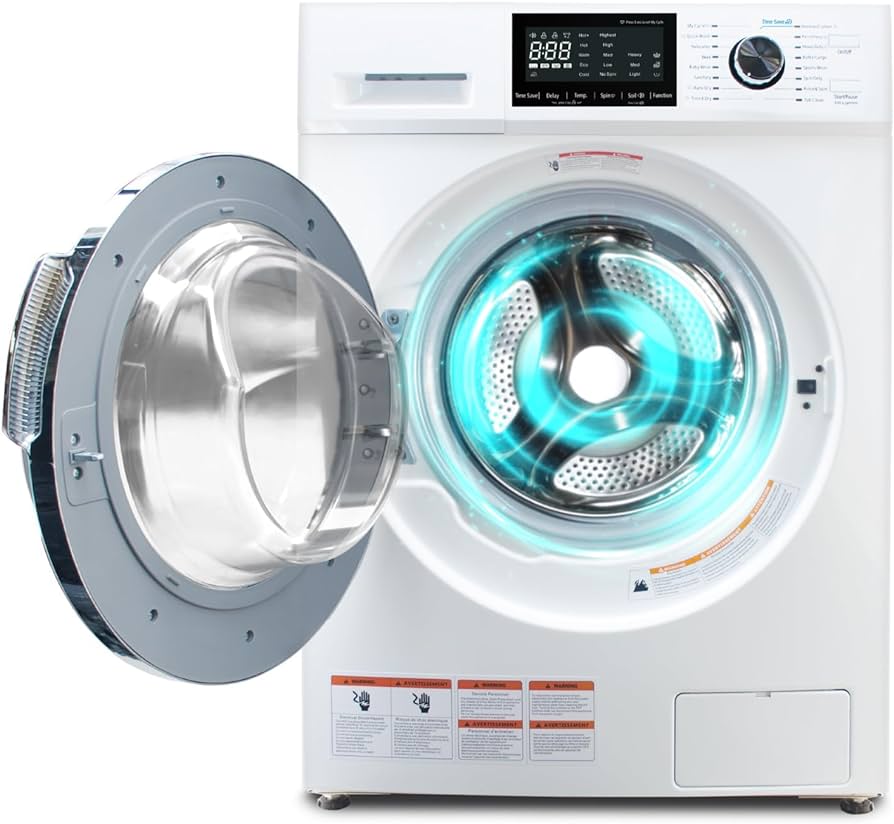Introduction:
When your electric dryer fails to generate heat, it can be a frustrating experience, especially when you rely on it for efficiently drying your laundry. Several potential issues could be causing this problem, and understanding each one is essential for diagnosing and fixing the issue. This comprehensive guide explores the various reasons why an electric dryer might not be heating, offering detailed explanations and troubleshooting steps to help you resolve the problem.
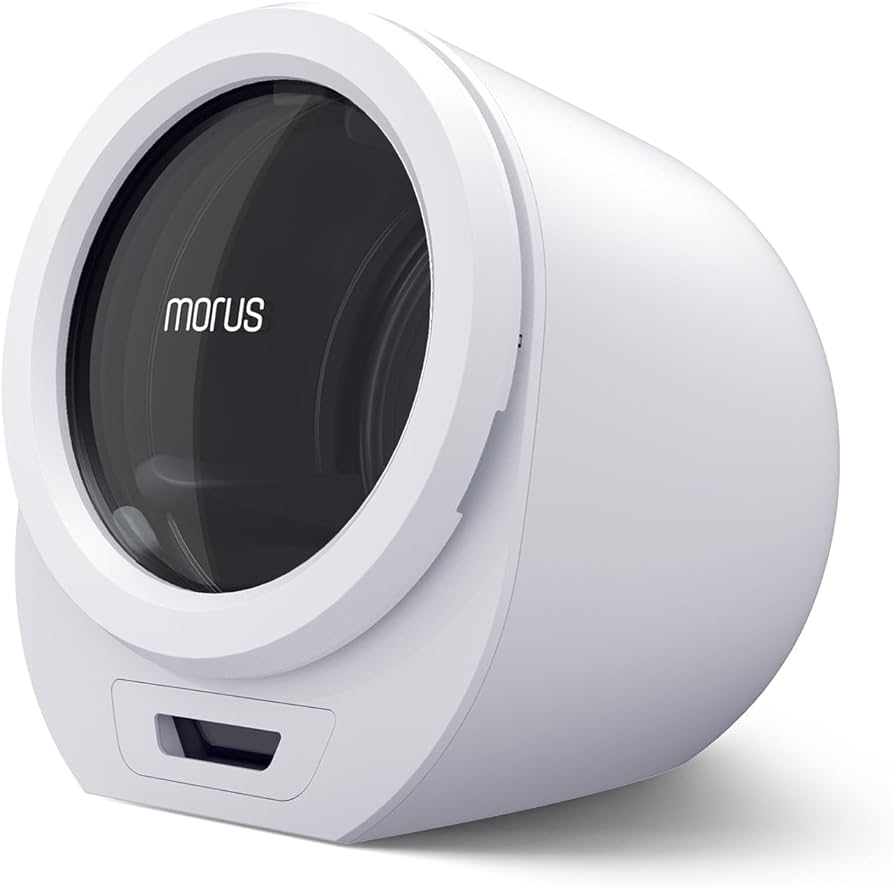
Power Supply Issues
One of the most common reasons an electric dryer doesn’t heat is a problem with the power supply.
Proper Voltage: Ensure that the dryer is plugged into a functioning outlet and that the outlet is supplying the correct voltage. Electric dryers typically require a 240-volt outlet to operate efficiently. A standard multimeter can be used to measure the voltage.
Circuit Breaker: Check if the circuit breaker dedicated to the dryer has tripped. Electric dryers have dual breakers (two 120-volt breakers) that together provide the necessary 240 volts. Even if only one breaker trips, the dryer might run but won’t heat.
Fuses: Inspect the fuses in your home’s electrical panel. Some older homes may use fuses instead of circuit breakers. If a fuse is blown, replace it with the correct type and rating.
Power Cord: Inspect the dryer’s power cord for any signs of damage or wear. A damaged cord can interrupt the power supply, preventing the dryer from heating. Replace the power cord if necessary.
Heating Element Failures
The heating element is a crucial component responsible for generating heat in the dryer.
Burnt-Out Heating Element: A common reason for a dryer not heating is a burnt-out heating element. Unplug the dryer and locate the heating element, usually found at the bottom of the dryer. Use a multimeter to test the heating element for continuity. If there is no continuity, the element is faulty and needs replacing.
Overheating: Over time, excessive lint buildup or restricted airflow can cause the heating element to overheat and fail. Regular cleaning and maintenance of the lint filter and exhaust vent can prevent this issue.
Replacing the Heating Element: If the heating element is faulty, consult your dryer’s manual for the correct replacement part. Follow the manufacturer’s instructions or seek professional assistance to ensure proper installation.
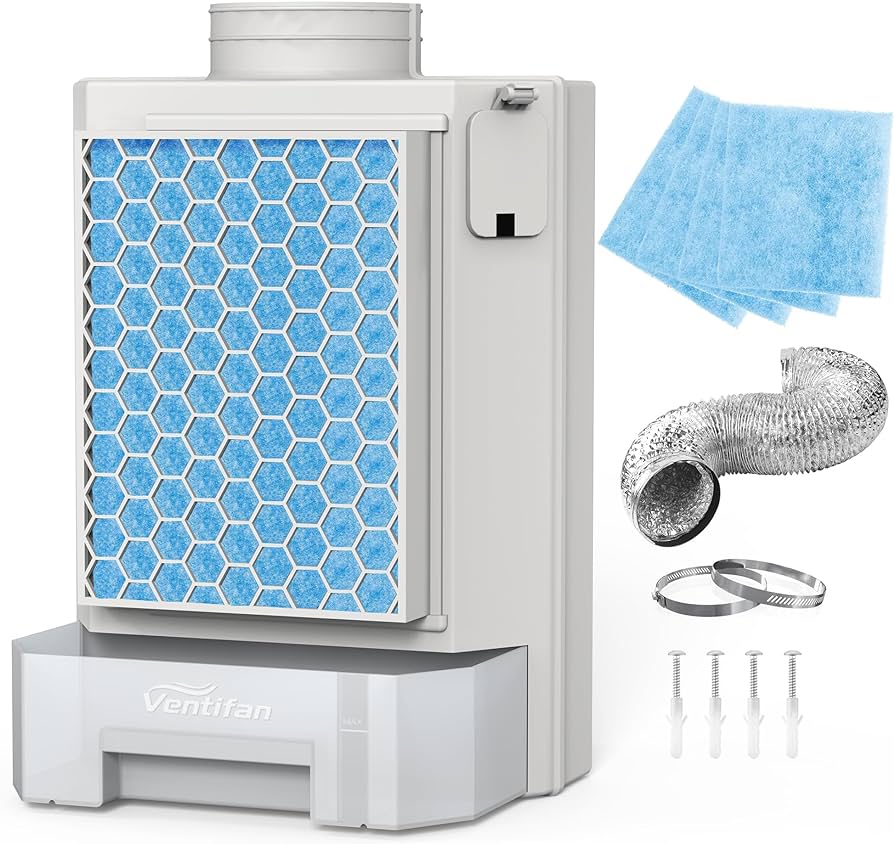
Thermal Fuse Issues
Thermal fuses are safety devices that prevent the dryer from overheating.
Blown Thermal Fuse: A blown thermal fuse will cut power to the heating element, preventing the dryer from heating. The thermal fuse is usually located on the blower housing or near the heating element. Use a multimeter to check for continuity.
Causes of Blown Thermal Fuses: Thermal fuses can blow due to lint buildup, restricted airflow, or a malfunctioning thermostat. Addressing these issues can prevent future fuse failures.
Replacing the Thermal Fuse: Replace the thermal fuse with an identical part, ensuring it is correctly rated for your dryer model. Follow the instructions provided in your dryer’s manual or seek professional help if unsure.
Thermostat Malfunctions
Thermostats regulate the temperature within your dryer and can cause heating issues if they malfunction.
Cycling Thermostat: The cycling thermostat regulates the temperature by regularly turning the heating element on and off to maintain a consistent temperature. If it fails, it can cause the dryer to not heat properly. Test the thermostat for continuity and replace it if necessary.
High-Limit Thermostat: The high-limit thermostat acts as a safety device to prevent the dryer from overheating. If it fails, it might cut power to the heating element. Test the high-limit thermostat for continuity and replace it if it’s faulty.
Operating Thermostat: The operating thermostat controls the heat and cycling of the drying process. If it malfunctions, it can affect the dryer’s ability to heat. Test and replace if necessary following the manufacturer’s guidelines.
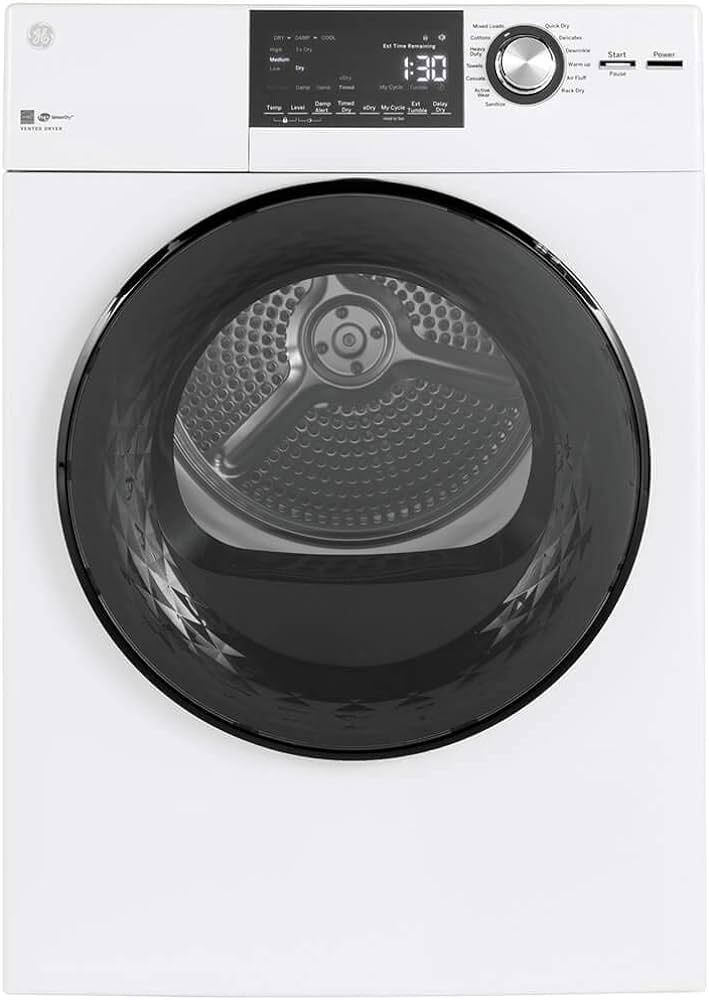
Timer or Control Board Issues
Modern dryers rely on timers or electronic control boards to manage drying cycles.
Malfunctioning Timer: In dryers with mechanical timers, a malfunctioning timer can fail to advance to the heating cycle. Monitor the timer to see if it advances correctly during the drying process. If it stalls, the timer may need replacement.
Faulty Control Board: Electronic control boards in modern dryers can fail or have damaged components, preventing the heating element from receiving power. Visual inspection and testing by a professional can confirm issues with the control board.
Replacing the Timer or Control Board: Consult your dryer’s manual for specific instructions on replacing the timer or control board. Ensure you purchase the correct part for your dryer model. Professional assistance is recommended for complex replacements.
Clogged or Restricted Venting
Proper airflow is essential for a dryer’s heating efficiency. A clogged or restricted vent can cause heating problems.
Lint Build-Up: Over time, lint can accumulate in the vent hose or exhaust duct, restricting airflow and causing the dryer to overheat or not heat at all. Regularly clean the lint filter after every load and inspect the vent hose for lint buildup.
Blocked Vent Hose: Disconnect the vent hose from the dryer and check for any blockages or kinks. Use a vacuum cleaner or vent cleaning brush to remove any obstructions. Ensure the hose is properly reconnected and not crimped.
Outside Vent Issues: Inspect the outside vent for blockages, such as bird nests or debris, that could restrict airflow. Make sure the vent flap opens freely when the dryer is operating.
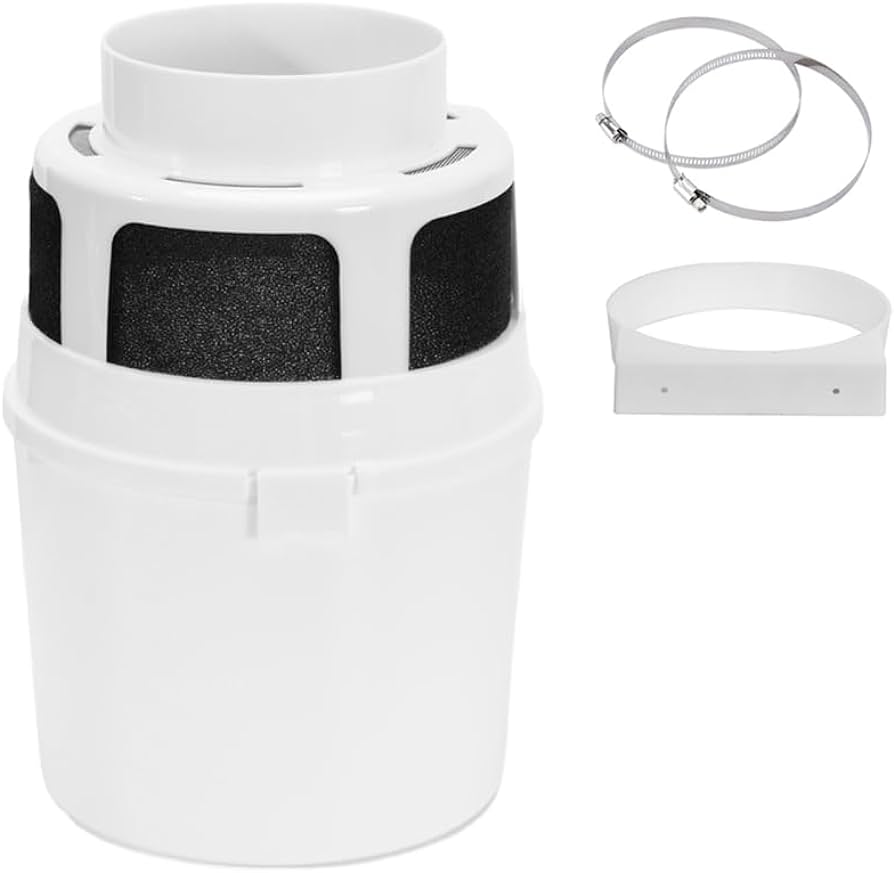
Sensor Problems
Dryers equipped with moisture sensors can experience issues that affect heating.
Moisture Sensor: A faulty moisture sensor can misread the moisture level in the laundry, causing the dryer to end the cycle prematurely without heating adequately. Clean the moisture sensor with a damp cloth to remove any residue that might interfere with its function.
Thermistor: The thermistor measures the air temperature inside the dryer and communicates with the control board to regulate heating. Test the thermistor for accuracy using a multimeter and replace it if defective.
Sensors Calibration: Some dryers may require sensor calibration from time to time. Consult your dryer’s manual for instructions on calibrating sensors to ensure they function correctly.
Types of Electric Dryers and Specific Considerations
Different types of electric dryers and their unique features can influence troubleshooting and repair approaches.
Vented Dryers: Vented dryers expel air and moisture outside through a vent. Regular maintenance of the venting system is crucial for optimal performance. Always ensure that the vent hose and exhaust duct are clean and unblocked.
Ventless Dryers: Ventless or condenser dryers use a heat exchanger to remove moisture from the air, eliminating the need for external venting. Regularly clean the condenser unit and ensure proper drainage to maintain efficiency.
Heat Pump Dryers: Heat pump dryers use advanced technology to recycle heat for drying. These dryers are more energy-efficient but may require specialized troubleshooting and maintenance. Consult the manufacturer’s instructions and consider professional help for complex issues.
Professional vs. DIY Repairs
When to consider professional assistance versus attempting DIY repairs.
DIY Repairs: Many heating issues, such as replacing a blown thermal fuse or a faulty heating element, can be addressed with basic tools and following the manufacturer’s instructions. Ensure safety by unplugging the dryer before starting any repairs.
Professional Repairs: Complex issues involving the control board, extensive wiring problems, or repeated failures may require professional assistance. Hiring a qualified technician ensures that repairs are done correctly and safely.
Cost-Benefit Analysis: Weigh the cost of repairs against the value of the dryer. For older models, extensive repairs might be cost-prohibitive compared to purchasing a new, energy-efficient dryer.
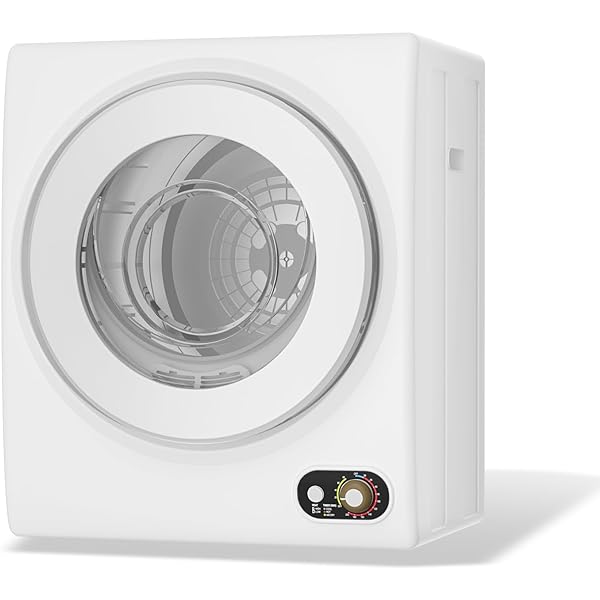
Maintenance Tips to Prevent Heating Issues
Regular maintenance helps keep your dryer in optimal condition and prevents heating issues.
Clean the Lint Filter: Always clean the lint filter after every drying cycle. A clean filter improves airflow and drying efficiency, preventing overheating issues.
Inspect and Clean Vents: Regularly inspect and clean the vent hose and exhaust duct to prevent lint buildup. Consider professional vent cleaning services annually for thorough maintenance.
Check for Obstructions: Ensure that the dryer is properly leveled and not obstructed by placing it too close to the wall, which can restrict airflow.
Regular Professional Servicing: Schedule regular servicing of your dryer by a professional. Routine checks and maintenance help identify and address potential issues before they escalate.
Energy Efficiency and Heating Performance
Optimizing your dryer’s energy efficiency can improve its heating performance and reduce operating costs.
Use Proper Load Size: Avoid overloading the dryer, as it can hinder airflow and reduce heating efficiency. Follow the manufacturer’s guidelines for load size.
Select Correct Settings: Use the appropriate drying settings for different types of laundry. Avoid using high heat settings unnecessarily, as they can strain the heating element and sensors.
Energy-Saving Features: Modern dryers come with energy-saving features and sensors that optimize drying times and temperatures. Utilize these features to reduce energy consumption and prolong the life of the heating element.
Upgrade to Energy-Efficient Models: Consider upgrading to an energy-efficient dryer with high energy ratings. These models use advanced technologies to save energy and improve drying performance.
Conclusion
An electric dryer that isn’t heating can be caused by various factors, including power supply issues, faulty heating elements, blown thermal fuses, malfunctioning thermostats, and venting problems. By understanding these potential problems and following detailed troubleshooting steps, you can effectively diagnose and resolve the heating issues in your dryer. Regular maintenance and proper usage practices are essential for preventing such problems and ensuring your dryer operates efficiently for years to come. Whether opting for DIY repairs or seeking professional assistance, addressing heating problems promptly ensures your laundry routine remains uninterrupted.
